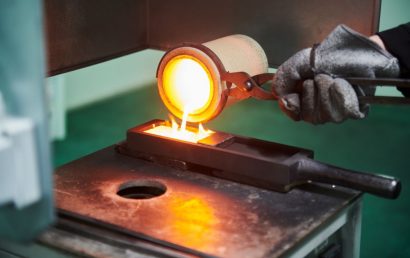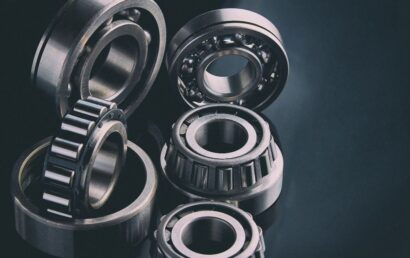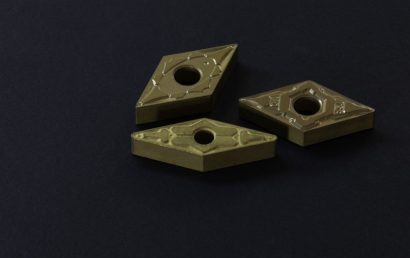How Thick Should Your Conformal Coating Be?
In the realm of electronics, protection against environmental factors is of paramount importance. Conformal coatings play a pivotal role in providing this protection. However, a crucial aspect of this protection is the conformal coating thickness. Determining the appropriate thickness is a nuanced process, influenced by various factors and the specific needs of the electronic component in question.
The Significance of Thickness
Conformal coatings are designed to form a protective barrier against moisture, dust, chemicals, and temperature fluctuations. While it might seem like a thicker coating would offer better protection, that is not always the case. The thickness must be just right—neither too thin, risking inadequate protection, nor too thick, which could lead to other complications.
A coating that is too thick might not adhere properly, leading to potential voids or bubbles. These imperfections can compromise the protection offered by the coating. On the other hand, an overly thin layer might not provide enough insulation or protection against environmental factors.
Factors Influencing Coating Thickness
Several factors play a role in determining the ideal thickness for a conformal coating:
- Component Density: Densely packed components might require a thinner coating to ensure every nook and cranny is adequately protected without causing bridging or pooling.
- Environmental Conditions: If the electronic component is expected to face severe environmental challenges, a slightly thicker coating might be more appropriate.
- Type of Coating Material: Different coating materials have varying characteristics. Some might offer better protection even when applied thinly, while others might need to be applied more generously.
Industry Standards and Recommendations
Various industry standards provide guidelines on conformal coating thickness. For instance, the IPC (Association Connecting Electronics Industries) has specific standards outlining the recommended thickness for different types of conformal coatings. Following these standards ensures that the coating adheres to globally recognized best practices.
However, while these standards offer a general guideline, the specific requirements of an individual electronic component should always be taken into consideration. Factors such as its function, design, and the conditions it will operate under can influence the ideal coating thickness.
Measuring and Ensuring Consistency
Once the ideal thickness has been determined, ensuring consistency during the coating processes is crucial. Modern equipment, including sophisticated spray systems and robotic applicators, can provide a uniform coating thickness.
Moreover, regular inspections using techniques like eddy current measurement or ultrasonic testing can help in assessing the thickness of the applied coating. These methods allow for non-destructive testing and ensure that the coating adheres to the specified requirements.
The Role of Expertise
Understanding the intricacies of conformal coating thickness is not straightforward. It requires expertise, not just in the application process, but also in understanding the specific needs of the electronic component being coated. This is where the role of experts and professionals, who are familiar with proprietary coatings and their applications, becomes invaluable. Their insights and experience can guide the decision-making process, ensuring optimal protection for the electronic component.
In the intricate world of electronics, details matter. The thickness of a conformal coating, though it might seem like a minor detail, can significantly impact the performance and longevity of an electronic component. By understanding the importance of conformal coating thickness, adhering to industry standards, and leveraging expertise, one can ensure that electronic components remain protected, functional, and durable in the face of environmental challenges.



